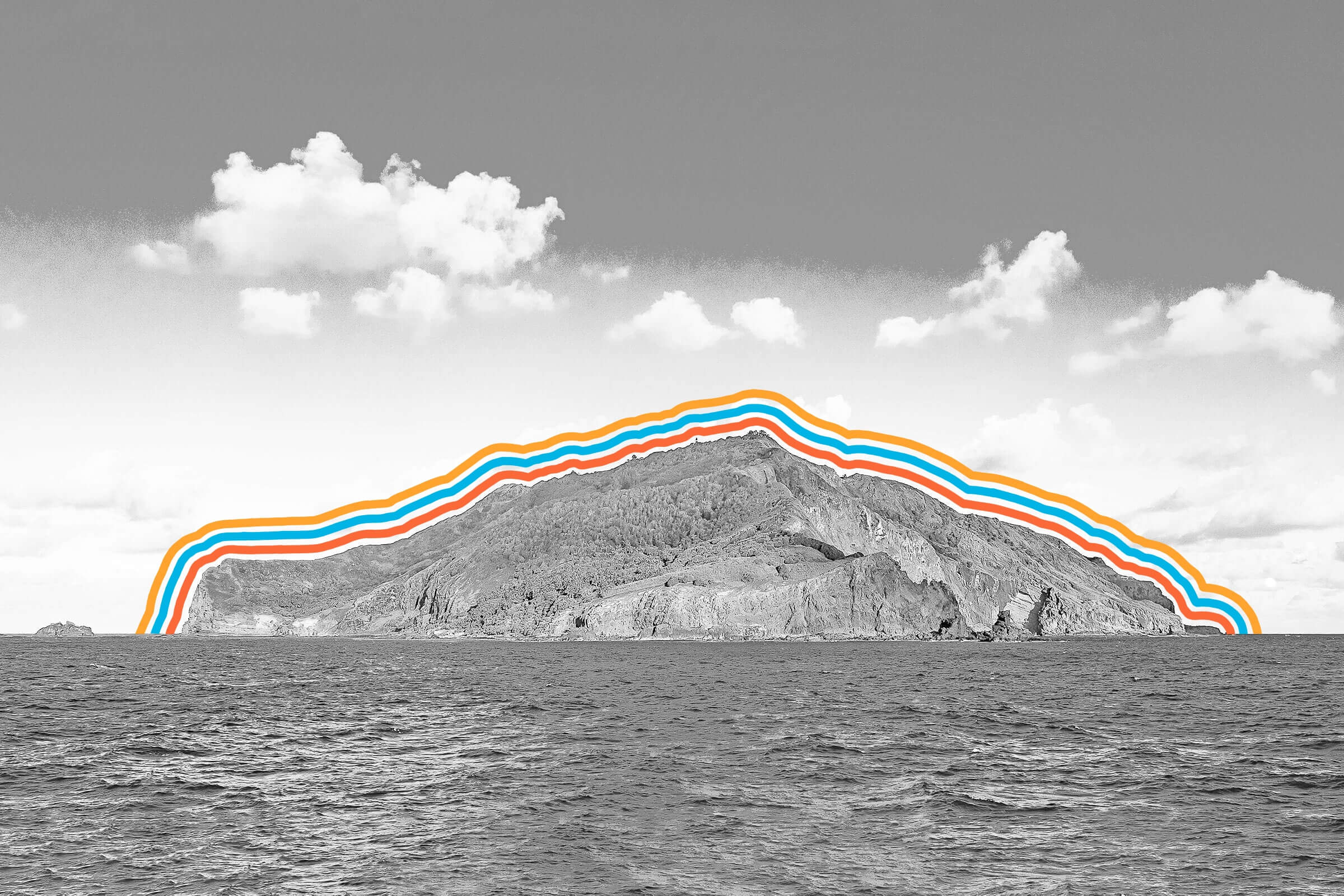
There are an estimated 3 million shipwrecks in the ocean.
The average person can probably name a couple of the more famous shipwrecks — maybe the Titanic or Queen Anne's Revenge — but there are many, many more that have sunk from sight and public recollection. Altogether, it's believed that at least 3 million such wrecks dot the ocean floors.
If that number doesn't seem particularly remarkable (humans have been building boats for at least 10,000 years, after all), then perhaps it's more surprising to learn that less than 1% of these submerged crafts have been explored. Why such a small percentage? Well, the world's oceans are enormous, reaching an average depth of more than 12,000 feet, and only 19% of the ocean floor has been charted in detail. There's also the matter of the money needed to launch expeditions to find these vessels. But times are changing in the realm of wreckage discovery: The digitization of archives has made records more accessible, and the development of technologies such as remotely operated vehicles (ROVs) has rendered the searching process less treacherous for explorers.
So what becomes of most shipwrecks? Some of them are looted for profit, despite legal efforts to preserve the historical value of their artifacts. Some are turned into underwater museums. But most others become reefs — playgrounds for fish and other varieties of marine life. They may not receive the fanfare showered on the wreck of Titanic, but they nevertheless take on new and important functions far below the waves.
Combine cutting-edge technology with the nerve needed to explore the most extreme corners of the Earth, and you wind up finding treasures once thought inaccessible. Such was the case with a former U.S. Navy intelligence officer named Victor Vescovo, who turned his attention from scaling the world's highest peaks to scouring its deepest depths by way of a first-of-its-kind submersible dubbed the Limiting Factor. In 2021, Vescovo came upon the largely intact WWII destroyer USS Johnston resting some 21,180 feet below the surface of the Philippine Sea. A little more than a year later, Vescovo followed the trail of the Johnston and the Limiting Factor's sonar capabilities to locate another WWII craft, the destroyer escort USS Samuel B. Roberts, elsewhere in the Philippine Trench, at a depth of 22,523 feet. Although that latter mark currently stands as the world record for the deepest shipwreck, it probably won't be long before Vescovo or another intrepid soul ventures even further into the unknown to see what can be uncovered.

